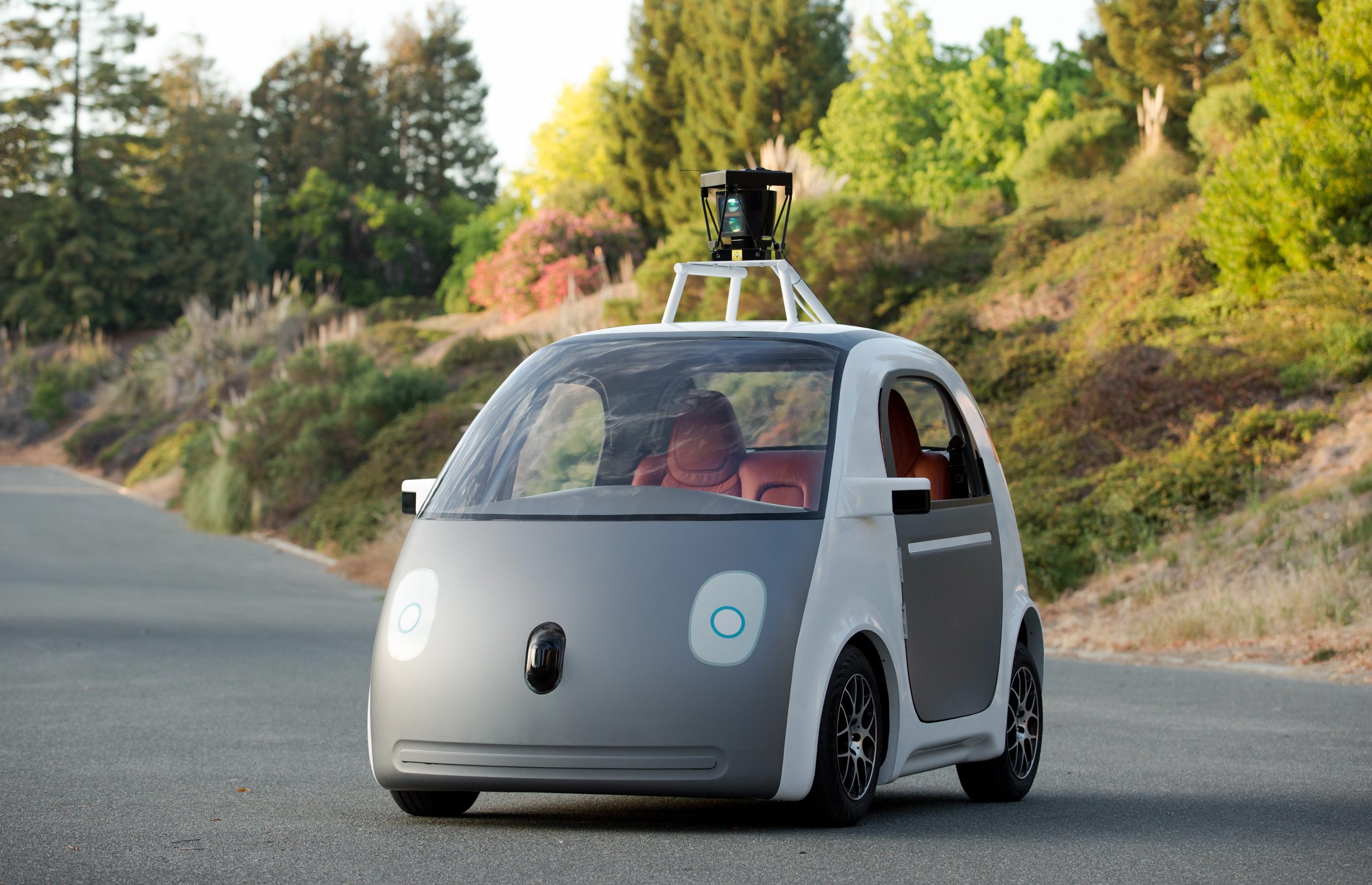
Back in 2012, Google managed to successfully lobby the state of Nevada to allow driverless cars to take to the roads. Ever since, we’ve watched in wonder as the Google car successfully navigated more than a million miles, all by itself.

Credit: flickr.com
It’s all been made possible by recent advances in artificial intelligence. It was once thought that making a driverless car would be impossible because it is not possible to program a computer to deal with every possible eventuality on the road.
But now the science of artificial intelligence has moved on substantially. Robots now have the capacity to learn without having to be preprogrammed. Instead, they learn a bit like you and I. Just like us a computer can now receive information from the physical world and interpret in a useful way. In a way, it can really “see.”
Google call this technology deep learning. It’s what allowed IBM’s computer Watson to beat the best players in the world at Jeopardy! back in 2011. And it’s what’s allowing the Google car to navigate the roads of Nevada today.
Each time the car goes out, it builds up a bigger picture of how the road works. Being a computer, it’s then able to remember millions of specific patterns out there in the real world. Nobody programmed all those patterns into the car. It just learned, like we do, that patterns can be generalized.
For us, this is a piece of cake. For computers, this is a quantum leap. It means that they can predict when dangers might be about the arise on the road and take the necessary action to prevent them from happening.
It’s essential we use this technology given the sheer number of car accidents on our roads. In America alone some fifty thousand people die each year, and hundreds of thousands of others are injured.
Then, consider the knock-on effects of all that carnage. Millions of dollars of investment in people, wasted. Billions of dollars of insurance paid out just to replace car wrecks. Thousands of businesses disrupted by unforeseen rises in their insurance premiums.
Credit: flickr.com
The autonomous car has the potential to solve these problems, and it’s all based on one of the highest technologies out there. Companies like Tesla are already selling consumer cars with some elements of autonomy. Tesla’s model S, for example, will drive you down the highway without you having to lift a finger.
We’re not quite at the stage where the cars can do it all themselves, though. Manufacturers still have to figure out how to make the cars work when it’s dark and when roads don’t have sidelines. But the road testing that’s been done so far is promising, and the number of naysayers is dwindling.
It’s quite incredible that 10 years ago the idea that we might have the first fully autonomous car by 2020 was far-fetched. Now, though, it seems like a certainty. The technology is virtually proven. All that it needs is one final push and we can finally rid ourselves of the endless carnage on our roads.
